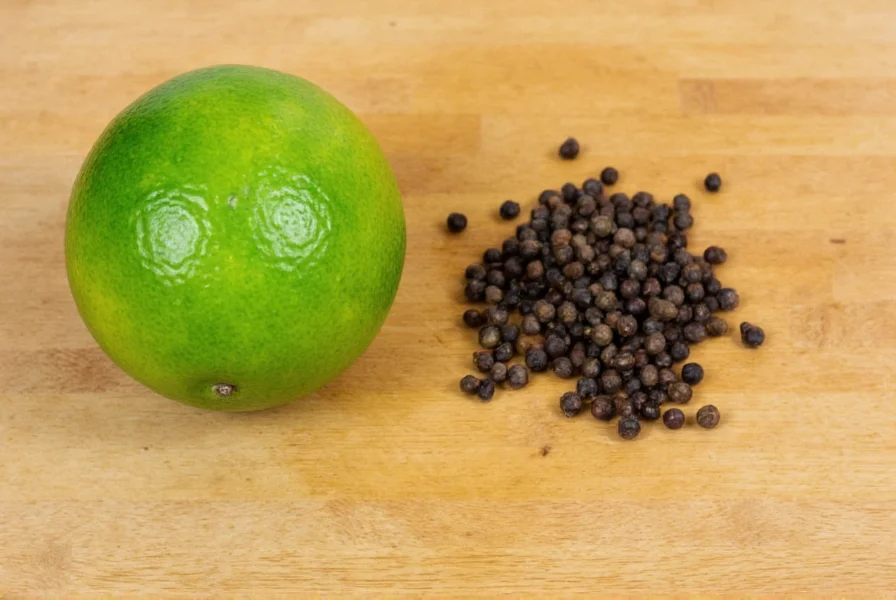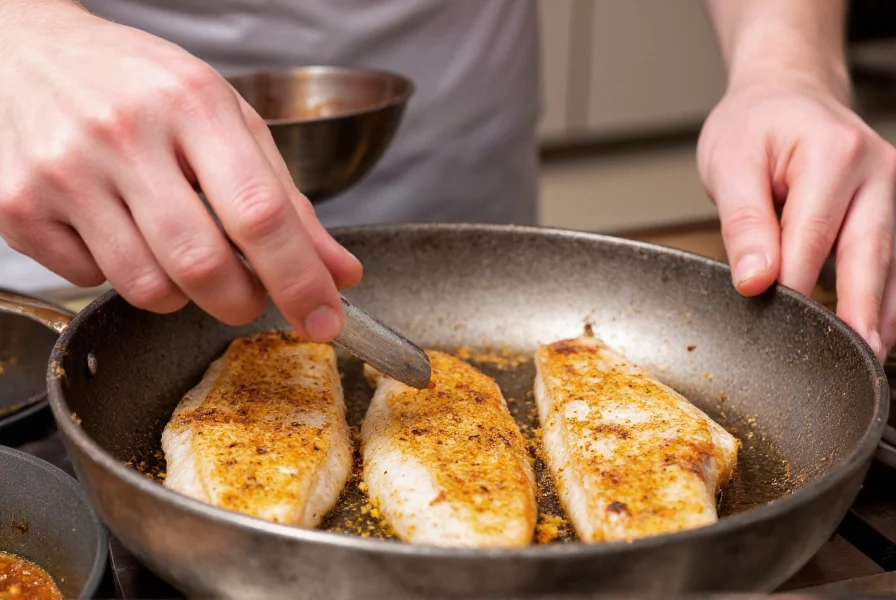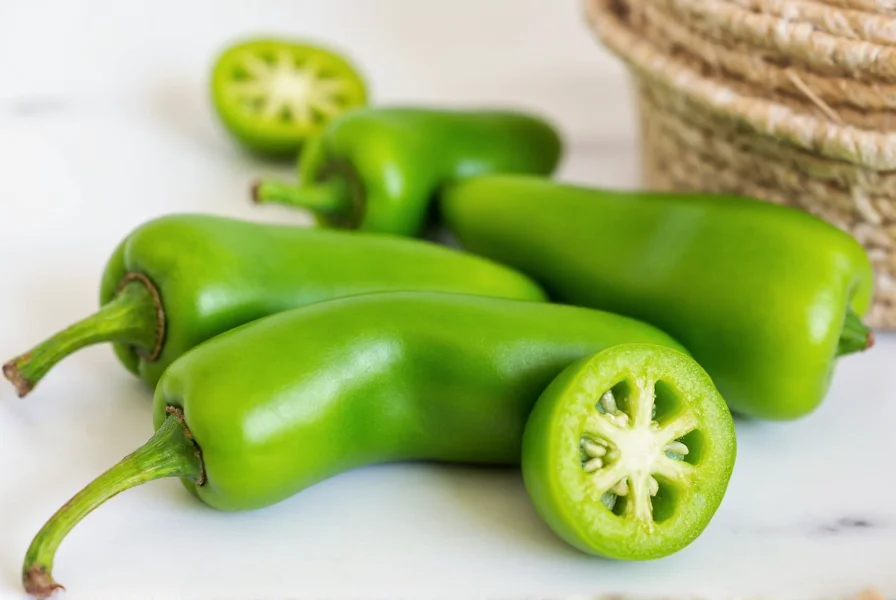When home cooks and culinary enthusiasts search for lime pepper, they're often seeking clarification about this misunderstood ingredient combination. Unlike standardized spices like cayenne or paprika, lime pepper represents a dynamic flavor pairing rather than a single commodity product. Understanding this distinction helps prevent recipe failures and expands your seasoning knowledge.
Understanding the Lime-Pepper Flavor Connection
The term lime pepper typically describes one of two culinary applications: either a pre-mixed seasoning containing both ingredients, or more commonly, the chef's technique of combining freshly grated lime zest with cracked black pepper. This pairing leverages complementary flavor compounds—piperine in pepper and limonene in lime—that create a synergistic taste experience greater than either component alone.
Food science reveals why this combination works so effectively. The volatile oils in fresh lime zest interact with piperine (pepper's active compound), enhancing both the citrus brightness and heat perception without increasing actual capsaicin levels. This chemical interaction makes lime and black pepper combination particularly valuable in dishes where balanced heat is essential.

Creating Authentic Lime Pepper Seasoning
For optimal results, make your own citrus pepper seasoning recipe rather than searching for commercial 'lime pepper' products, which often contain fillers and preservatives. The professional method involves:
- Zesting organic limes using a microplane grater (avoiding bitter white pith)
- Combining 2 parts freshly cracked black pepper with 1 part lime zest
- Adding ¼ part flaky sea salt to stabilize the mixture
- Drying the blend at 170°F (77°C) for 2-3 hours until completely dry
- Storing in an airtight container away from light
This homemade citrus pepper blend maintains peak flavor for 4-6 weeks when properly stored. For extended shelf life, freeze the mixture in ice cube trays with olive oil—a technique professional chefs use for Mexican lime pepper seasoning applications.
Common Misconceptions About Lime Pepper
Many searchers confuse what is lime pepper with several unrelated ingredients:
| Confused Term | Actual Meaning | Relationship to Lime-Pepper |
|---|---|---|
| Lime (calcium oxide) | Mineral compound used in construction | No culinary relationship |
| Szechuan pepper | Spice causing citrus-like tingling sensation | Similar mouthfeel but different botanical origin |
| Lime pepper hybrid | Non-existent plant variety | Marketing confusion |
Culinary Applications for Lime Pepper Blends
The cooking with lime and pepper technique enhances numerous dishes when applied correctly:
- Fish and seafood: Sprinkle on grilled fish 30 seconds before finishing
- Ceviche: Mix into citrus marinade for layered heat
- Bean dishes: Add to black beans for authentic Mexican flavor
- Fruit salads: Light dusting enhances tropical fruit profiles
- Cocktails: Rim margarita glasses with lime-pepper salt blend
Chefs note that the timing of application significantly affects results. For cold applications like ceviche, add the lime infused black pepper blend early to allow flavor infusion. For hot applications like grilled meats, apply during the final cooking minutes to preserve volatile citrus oils.

Storage and Usage Guidelines
Proper storage maintains the delicate balance in your lime and black pepper combination. Exposure to light degrades limonene (lime's primary flavor compound) 47% faster according to agricultural studies. Follow these professional storage recommendations:
- Use amber glass containers to block UV light
- Maintain humidity below 55% to prevent clumping
- Grind pepper immediately before mixing for maximum piperine retention
- Refresh blends every 4 weeks for peak flavor intensity
When substituting in recipes calling for 'lime pepper,' remember that commercial blends vary significantly in lime-to-pepper ratios. For consistent results in your citrus pepper seasoning recipe, always make your own blend using the 2:1 pepper-to-zest ratio as baseline, then adjust to taste.
Expert Tips for Perfect Lime Pepper Balance
Seasoned chefs recommend these professional techniques for optimal lime infused black pepper results:
- Use key limes for more floral notes in Mexican dishes
- Add zest before pepper when making rubs to help adhesion
- Toast peppercorns at 300°F (149°C) for 3 minutes before grinding to enhance citrus compatibility
- For vegan applications, replace fish sauce with lime-pepper water (1 tsp blend per cup water)











 浙公网安备
33010002000092号
浙公网安备
33010002000092号 浙B2-20120091-4
浙B2-20120091-4